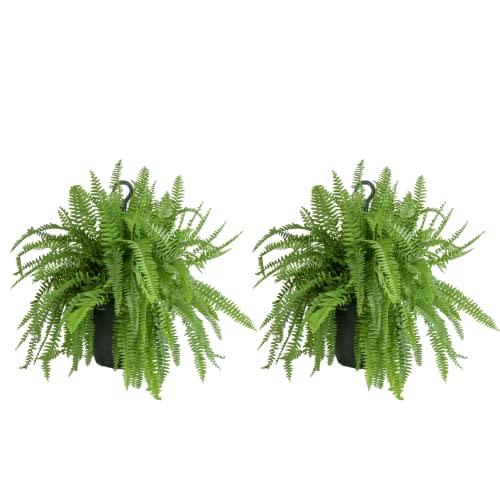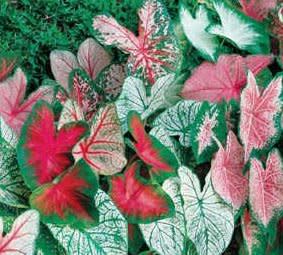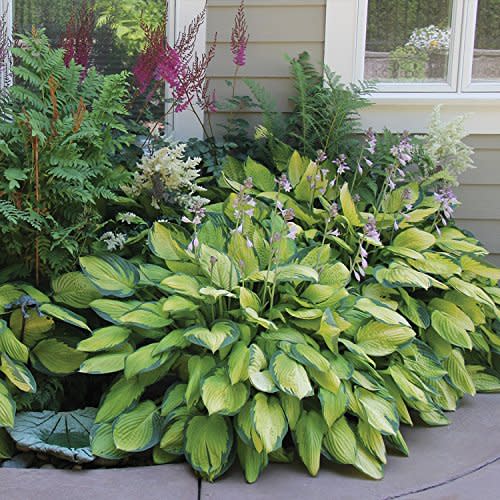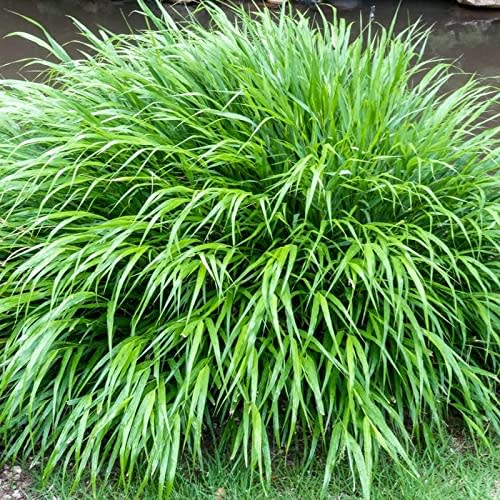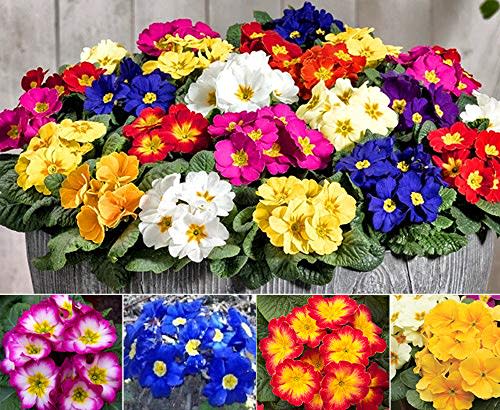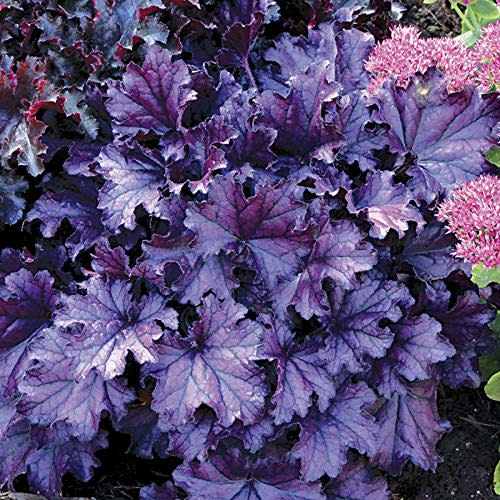Cloudy Day? No Problem! 19 Best Vegetables and Plants To Grow in the Shade
Here are some popular veggies and plants that don't need the sun.
We often associate healthy plants and vegetables with lots of direct sunshine. It seems like they would go hand-in-hand, right? Not always! There are tons of vegetables and plants that don't need the sun. In fact, some of these plants thrive completely in the shade, out of direct contact with the bright, hot sun.
Whether you have an extra-shady spot in your garden or you’re simply looking for shade-tolerant vegetables and plants to grow indoors, there’s definitely something for you to flex your green thumb—it doesn’t matter what the circumstances are. Surrounding trees and buildings casting shadows upon your lawn are no match for these vegetables and plants to grow in the shade.
Sure, shadier spots can sometimes pose a challenge for at-home gardens and indoor planters. But, unlike sunshine-thirsty plants, we’ve gathered a list of the 19 best vegetables and plants to grow in the shade: from leafy greens to your favorite herbs and all the way to beautiful, bright plants to line your yard.
Here at Parade.com, we're all about sharing products we love with our audience. When you make a purchase on an item seen on this page, we may earn a commission, however, all picks are independently chosen unless otherwise mentioned.
Related: It’s Actually Surprisingly Easy Being Green! 55+ Plants You Can Grow in a Hydroponic Garden
19 Vegetables and Plants That Don't Need Sunlight
1. Lettuce
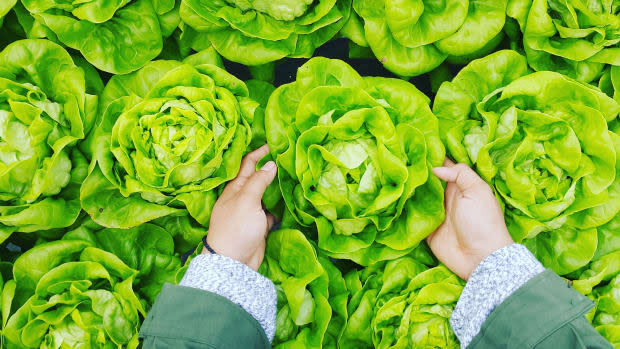
Photo by PHÚC LONG on Unsplash
Lettuce is to gardens as fish are to the oceans. Or so it seems, at least. Lettuce is a key component of many gardens because of how simple a vegetable it is to grow. Not only is it easy to grow, but it also grows in the shade. When lettuce experiences too much sun exposure, the leaves can burn and wilt, so growing it in a shadier spot can often produce a higher-quality harvest.
2. Celery
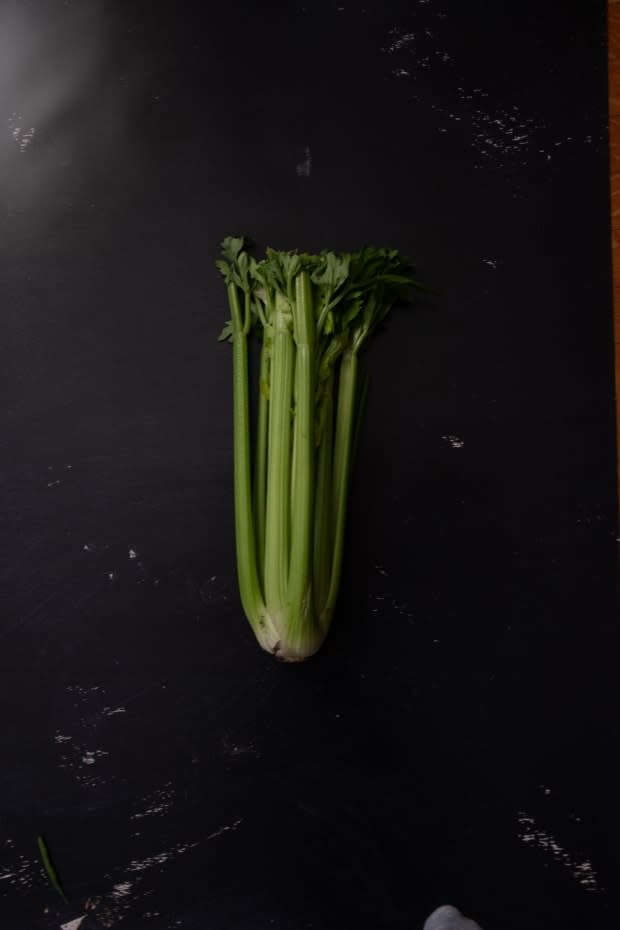
Photo by Kelly Sikkema on Unsplash
Despite its crisp crunch and being the most refreshing vegetable to snack on in the summer months, celery prefers to be cultivated within a cooler climate. Celery doesn't grow well in all geographic locations, but if there's a shady spot in your garden, give it a shot! It's a slow-growing vegetable that requires lots of water, so planting your seeds in a shady, damp spot is your best bet.
3. Carrots
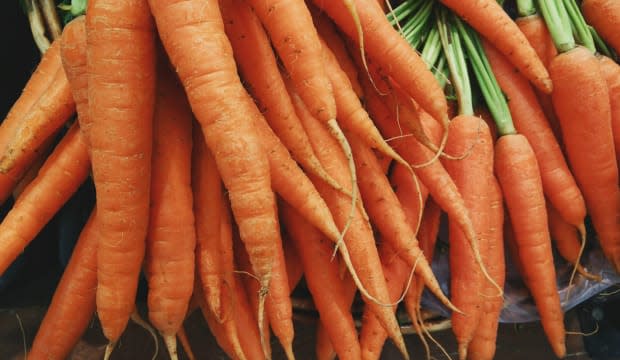
Photo by Harshal S. Hirve on Unsplash
Who doesn't love carrots? Perhaps, you or your child grew carrots indoors in their elementary school science classes. That's because carrots truly thrive in a shady environment! They will take a bit longer to grow if you keep them fully in the shade, but you'll still harvest a crunchy carrot.
4. Bok Choy
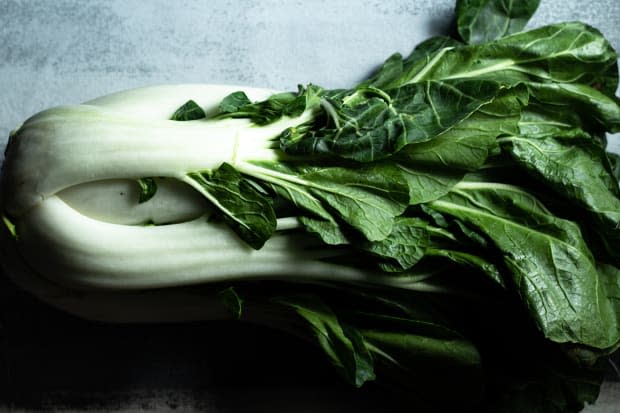
Photo by Christina Rumpf on Unsplash
Leafy greens perform well in the shade, and bok choy—a type of Chinese cabbage—is no exception to this rule. If you haven't tried bok choy and you're looking for a vegetable to grow in the shade, add it to the list! Once your bok choy is ready to be harvested, you can enjoy it grilled, roasted, raw, or in soup. If you use bok choy in soup, try doubling its use as a soup spoon and save on dishware!
5. Beets
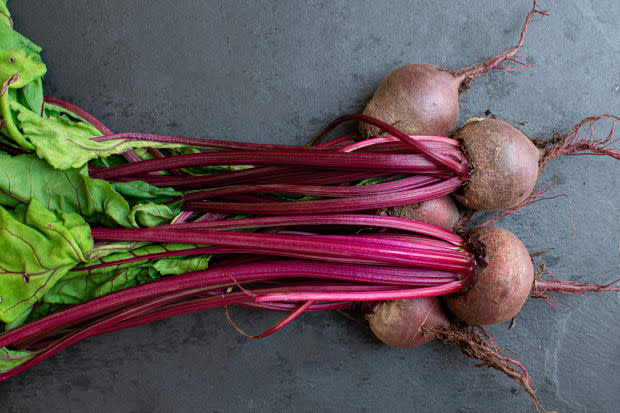
Photo by Emma-Jane Hobden on Unsplash
Beets serve as an excellent source of folate, fiber, vitamins A and K, manganese, copper and potassium. Who wouldn't want this superfood growing in their garden? While they do need some daily sunlight, beets can be grown in the shade.
Related: Pet and Plant Parents, Pay Attention! These 29 Plants Are Poisonous to Dogs
6. Broccoli
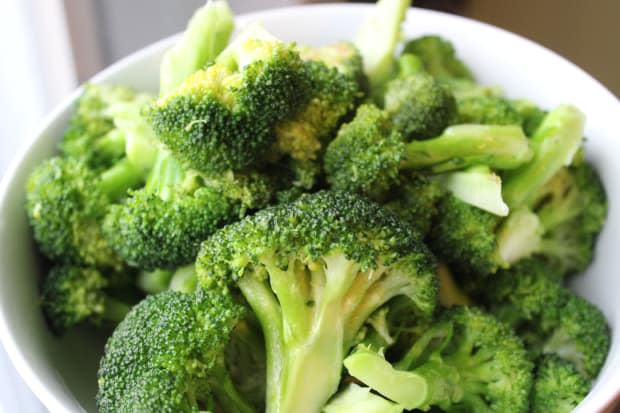
Photo by Tyrrell Fitness And Nutrition on Unsplash
Growing broccoli in the shade may result in slower growth and overall a longer time to harvest, but as the old saying goes: slow and steady wins the race. The slower growth will help you catch the perfect time to harvest the coveted flowery vegetable. Fun fact: just like bok choy, broccoli belongs to the cabbage family.
7. Green Onions
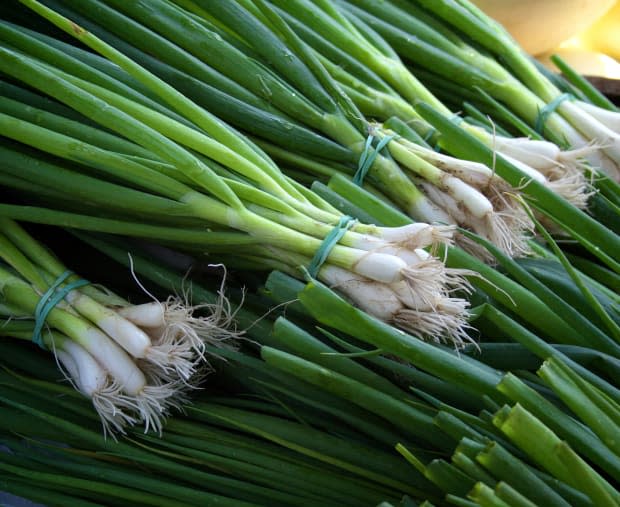
Photo by Christopher Previte on Unsplash
Whether you love or hate this common garnish, there is no denying that they are one of the easiest vegetables to grow on your own. Not only do green onions grow in shady spots, but you can fully grow them indoors and produce the same results. The next time you cook with green onions, save the white, rooted bottoms and propagate them in water or plant them in a pot with dirt. A lifetime supply of green onions!
8. Cilantro
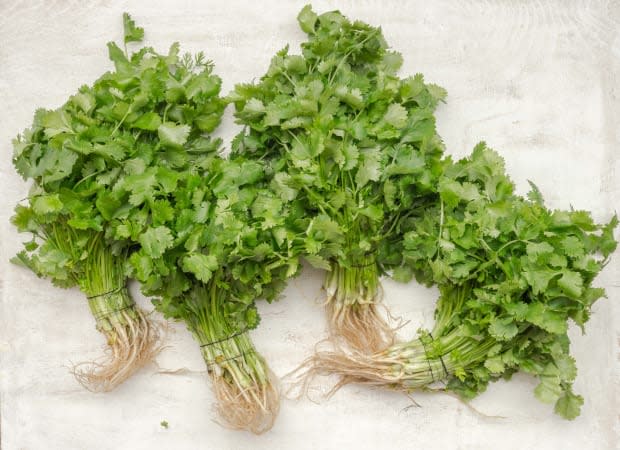
Photo by Tomasz Olszewski on Unsplash
Did you know that some folks think that cilantro tastes like soap? That's what those that dislike cilantro report, at least, including famous chefs like Ina Garten. If you're not of those feelings and want to grow the perfect herb for spicing up any Mexican or Asian dishes, cilantro it is. Cilantro is also one of the fastest-growing herbs in the shade if you're looking for a quick harvest.
9. Parsley
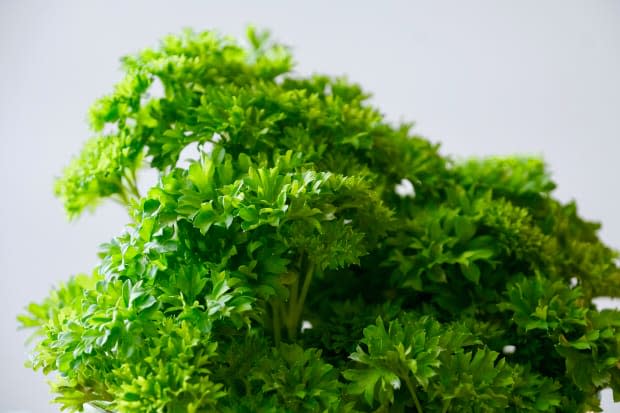
Photo by Hanna Stolt on Unsplash
This herb grows perfectly in the shade! Both flat-leaved and curly types of parsley are shade-loving.
10. Arugula
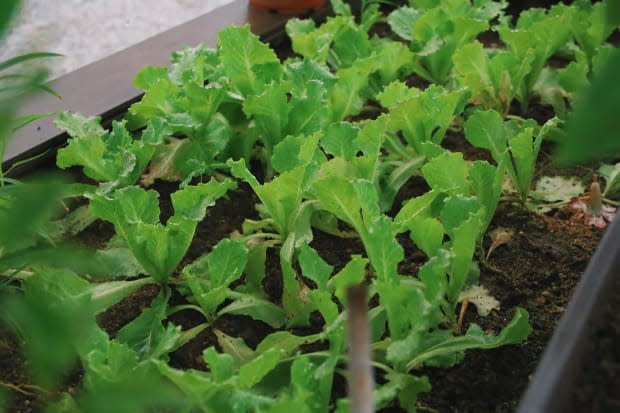
Photo by Gigi on Unsplash
Arugula is a small, cruciferous and bitter-tasting vegetable that has compact root systems, which makes them easy to grow side-by-side or even in a pot, as seen in the photo above. They are more of a shade-tolerant vegetable, as they can be prone to bolting. Bolting is when seed formation follows the flowers and the desired growth of the vegetable itself stops.
Related: Got a Green Thumb? Get Ready To Give This ‘Monstera’ List of Plant Memes a Big Thumbs Up
11. Ferns
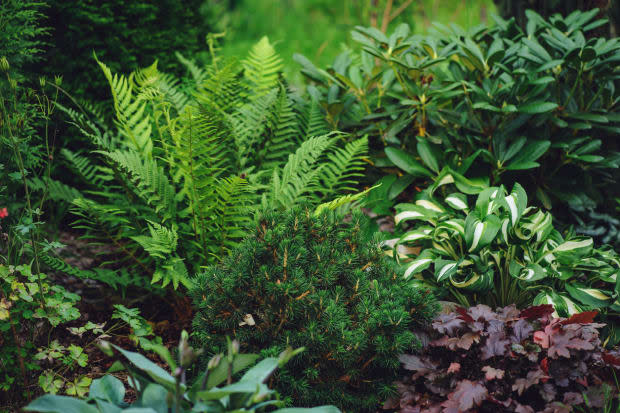
iStock
There are a ton of fern variations out there—lady ferns, wood ferns and more. The specific type of fern depends upon its required sunlight-to-shade ratio. Ferns are natural inhabitants of shady environments and areas, although most need at least a bit of sunlight to thrive.
Costa Farms Ferns (2 Pack), Live Premium Boston Fern Plants in Hanging Basket Planters, Houseplants Potted in Soil Potting Mix, Outdoor Garden Gift, Beautiful Home Patio Décor, 16-Inches Tall
12. Caladium

Photo by Luna Wang on Unsplash
Caladium plants always seem to land themselves with high spots on lists of the easiest plants to grow. Caladiums also happen to be a plant that doesn't need a ton of sunlight to grow. They are tropical plants, naturally found in the forests of South and Central America. If you're looking for a bright plant to add a lively pop to the shaded part of your garden or to a dull corner of your home, caladiums are perfect.
(10) Spectacular Fancy Mix Caladium Bulbs, Root, Plant Starts
13. Hosta
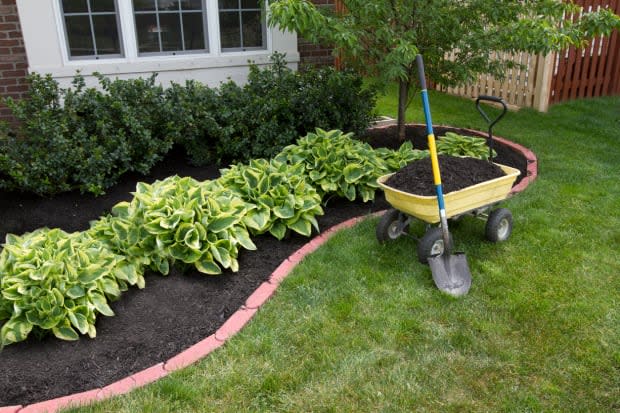
iStock
Hosta plants love the shade. They are extremely low-maintenance plants that are reliable, long-lasting, and not needy in the slightest. The fact that you can nearly neglect hostas makes them the ideal indoor plant, or plant to grow in the shade.
Hosta Perenial Mixed Bare Root Plans 9 Pack
14. Coleus
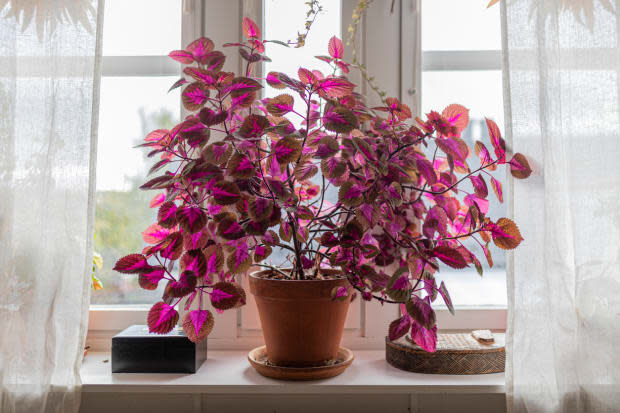
iStock
If you thought caladiums were a colorful addition to your plant family, wait until you feast your eyes on a coleus plant in real life. They come in a rainbow variety of colors, between pink, red, green, yellow and more. To preserve their gorgeous colors and save them from bleaching in the sun, coleus plants are best grown in the shade or part-shade.
15. Japanese Forest Grass
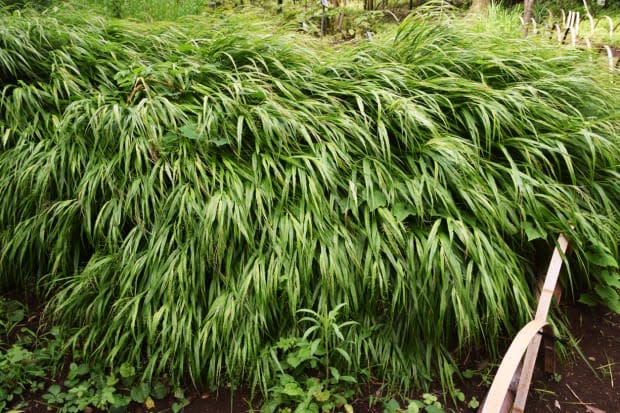
iStock
You may have seen Japanese forest grass lining your local parks or amusement parks. That's because it is a low-maintenance, slow-growing ornamental plant. The color of the leaves will change from a more yellow tint to a brighter green, depending on how much shade covers it.
Hakonechloa Macra Grass 4 to 6 Inc Tall Japanese Forest Grass Plant Dormant Plant Cut Back for Planting
16. Primrose
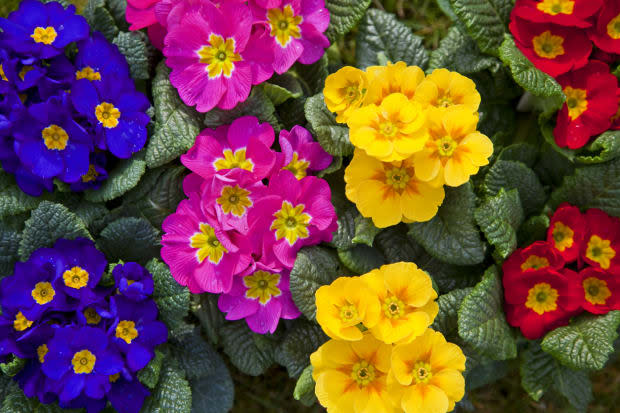
iStock
Primrose flowers come from Europe and bloom from March to May each year (unless winter is mild). They grow best in well-drained soil in a partially-shaded environment. Primrose flowers, of course, create a beautiful ambiance for your garden or home, but they are also edible—often enjoyed in raw salads.
50+ Mixed Primrose Primula Flower Seeds English Primrose Primula Perennial Primula Vulgaris
Related: Avoid Getting Eaten Alive This Summer With These 25+ Plants That Repel Mosquitoes
17. Fuchsia
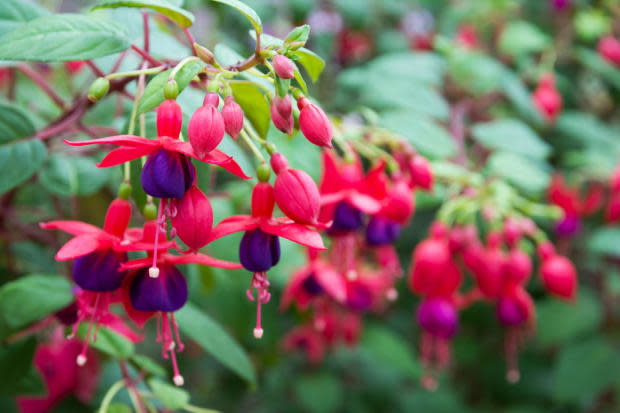
iStock
Looking for a unique plant to liven up your garden? Fuchsia, just like its color namesake, are bright and bloom in shades of red, pink, white, violet and purple. Fuchsia plants are a hummingbird's best friend, so keep on the lookout if you decide to grow them in your yard! Similar to their counterparts, these plants grow in shady or partially-shady conditions.
18. Impatiens
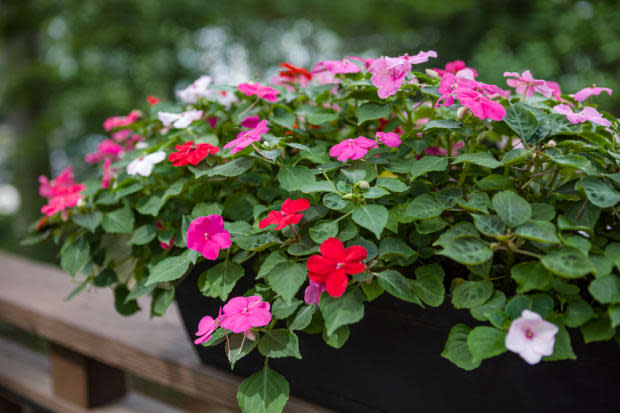
iStock
Impatiens are another plant that grows in the shade, but they do require a more moist and well-drained environment. You cannot neglect impatiens, as they will require regular watering to grow and survive—despite the fact that they grow in the shade. The closer you plant impatiens together, the taller they will grow, so be mindful as you lay your seeds.
19. Coral Bells
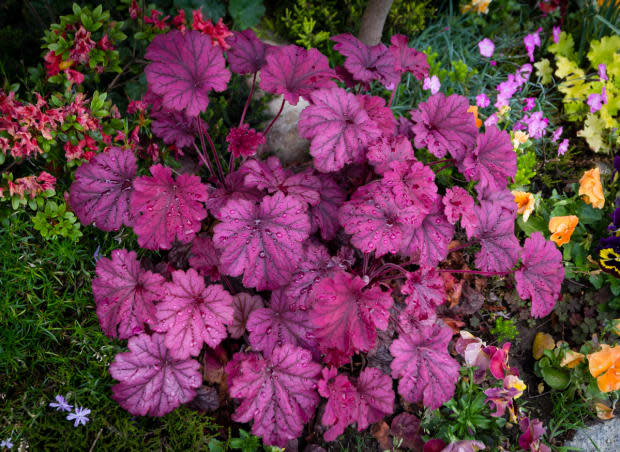
iStock
Coral bells almost seem like a plant that would only exist in a fairy tale or fantasy land. They produce the most beautiful foliage and overall do better in a warmer environment, although they need to live in a shady area to prevent the leaves from scorching.
Forever Purple Coral Bells - Heuchera - Shade Perennial - 4" Pot
Next, These 75 Different Types of Succulents Are Not Only Gorgeous—but Also Hard To Kill
